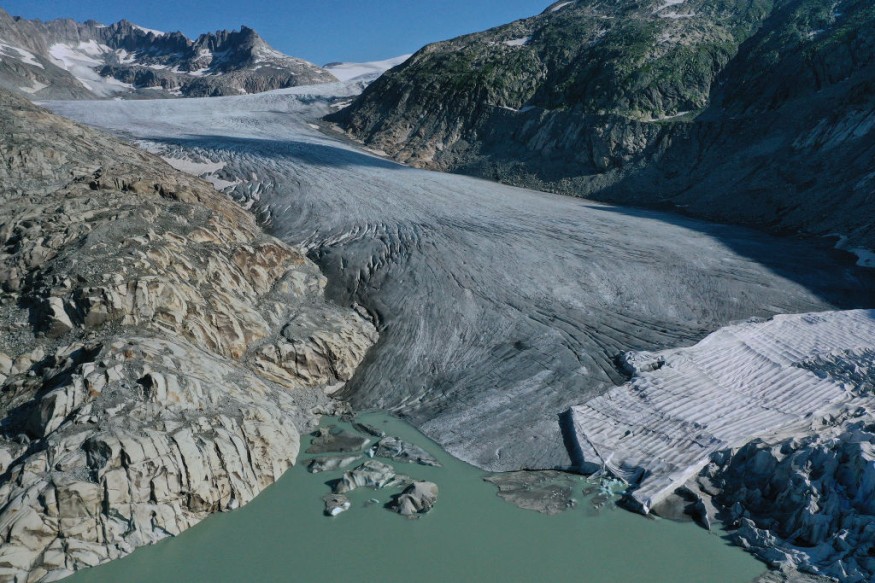Ancient ice age valleys could hold clues about future ice sheet change amidst the threat posed by climate change.
This is based on a new study published this week regarding the discovery that deep valleys buried beneath the seafloor of the North Sea show how ancient ice sheets that once covered the United Kingdom and Europe removed water to stop themselves from melting and eventually collapsing.
The new paper highlights that tunnel valleys are vast channels, which sometimes can reach a length of 150 kilometers, width of six kilometers, and depth of 500 meters.
The natural structures drain water from under the melting ice sheets.
There are reportedly thousands of buried valleys under the seafloor of the North Sea, which records the ice sheets of UK and Western Europe in the last two million years.
The study's research team was surprised when finding that the colossal valleys just took hundreds of years to form after transporting large amount of meltwater from under the ice and into the open sea.
The novel discovery about when the ice sheets melted around 20,000 years ago has profound implications for how glaciers could respond to global warming in contemporary times.
In the past two centuries, scientists have attributed human activities, such as the burning of fossil fuels and greenhouse gas emissions, to be the major contributors to climate warming.
This event has threatened various species of all life forms due to rising temperatures, extreme weather events, and global sea level rise due to melting glaciers.
Ancient Ice Age Valleys

The new research was published in the journal Quaternary Science Reviews on September 7, which examined the growth and retreat of the last British-Irish Ice Sheet around 31,000 to 15,000 years ago.
The researchers conducted a dating program to determine the timing of advance, maximum extent, and retreat of the ancient ice sheets.
The dating campaign took place across Ireland, Great Britain, their continental shelves, and across the North Sea, which included 1,500 days of field investigation.
It covered 18,000 kilometers of marine geophysical data and 377 cores of sea flood sediments, as well as geomorphological and stratigraphical information of 121 sites on land, creating 690 new geochronometric ages.
Computer Modeling Experiments
Study lead author James Kirkham from the University of Cambridge and the British Antarctic Survey stated that the valleys were carved out during the dissipation of ice sheets.
Using a combination of subsurface imaging and computer modeling experiments, the team has learn the ancient ice age tunnel valleys can be eroded quickly under ice sheets experiencing extreme warmth, as cited by Phys.org.
In other research, a warmer climate affects ice sheets in multiple ways.
The most evidence impact observed is the loss of ice due to warmer air and ocean waters.
The warm air causes the ice to melt rapidly and flow to the sea, especially in low-lying regions near the edges of the ice sheets, according to the United States Environmental Protection Agency (EPA).
© 2025 NatureWorldNews.com All rights reserved. Do not reproduce without permission.





